homemade dog food like farmers dog
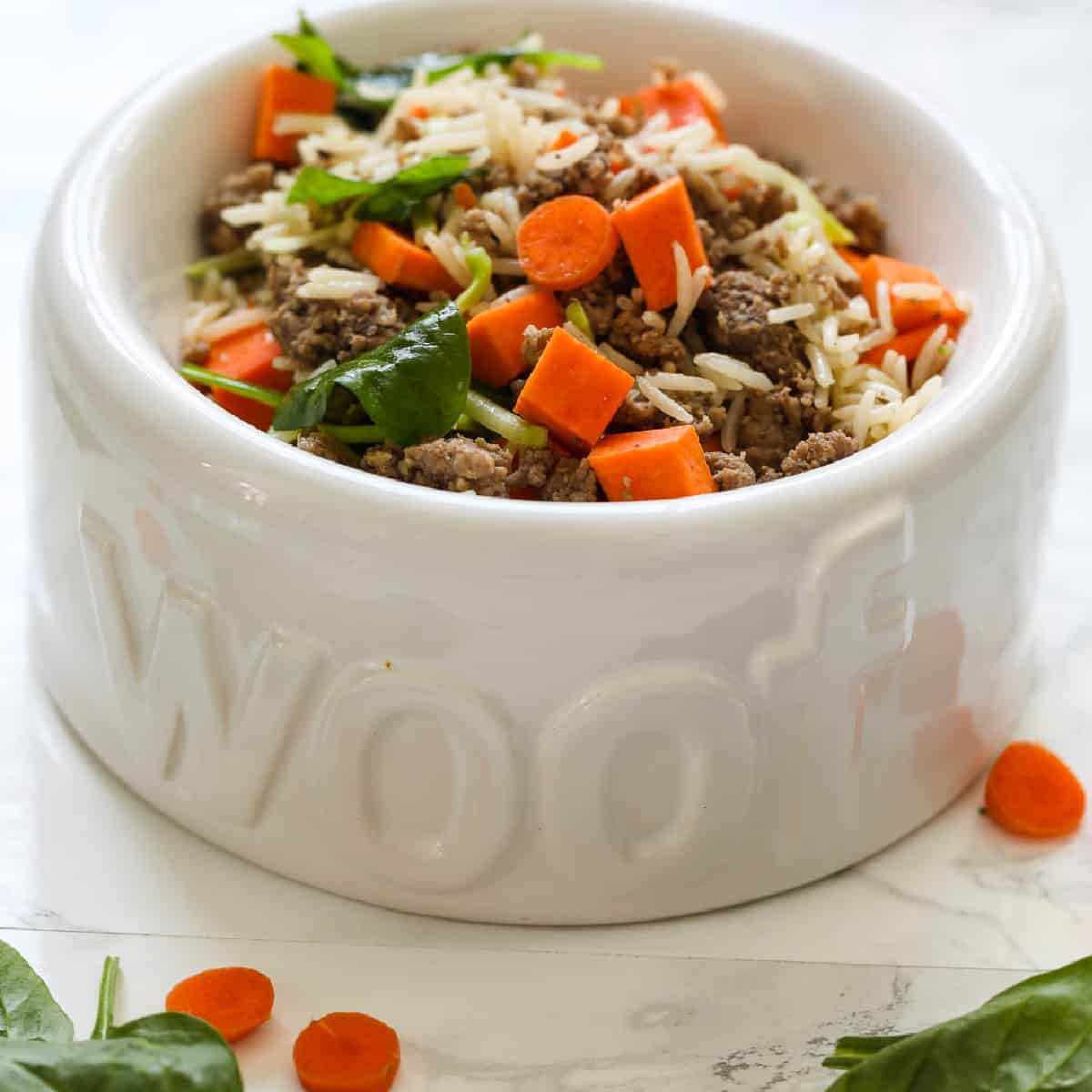
Homemade Dog Food Like Farmers Dog: A Complete Guide
If you're looking for a healthier and more affordable way to feed your dog, you may want to consider making your own dog food. Homemade dog food can be just as nutritious as commercial dog food, and it can be customized to meet your dog's individual needs. Plus, making your own dog food can be a fun and rewarding experience.
In this guide, we'll walk you through the process of making homemade dog food, from choosing the right ingredients to storing and feeding your dog's food. We'll also provide you with some recipes to get you started.

Choosing the Right Ingredients
The first step in making homemade dog food is choosing the right ingredients. You'll want to choose ingredients that are fresh, healthy, and nutritious. Some good options include:
- Meats: Beef, chicken, pork, lamb, fish, and organ meats are all good sources of protein for dogs.
- Grains: Brown rice, oats, barley, quinoa, and millet are all good sources of carbohydrates for dogs.
- Vegetables: Carrots, peas, sweet potatoes, broccoli, and spinach are all good sources of vitamins, minerals, and fiber for dogs.
- Fruits: Apples, bananas, berries, and melons are all good sources of vitamins, minerals, and antioxidants for dogs.

You'll also need to choose a source of fat for your dog's food. Good options include olive oil, coconut oil, and avocado oil.
When choosing ingredients for your dog's food, it's important to keep in mind your dog's individual needs. For example, if your dog has allergies, you'll need to avoid ingredients that your dog is allergic to.
How to Make Homemade Dog Food
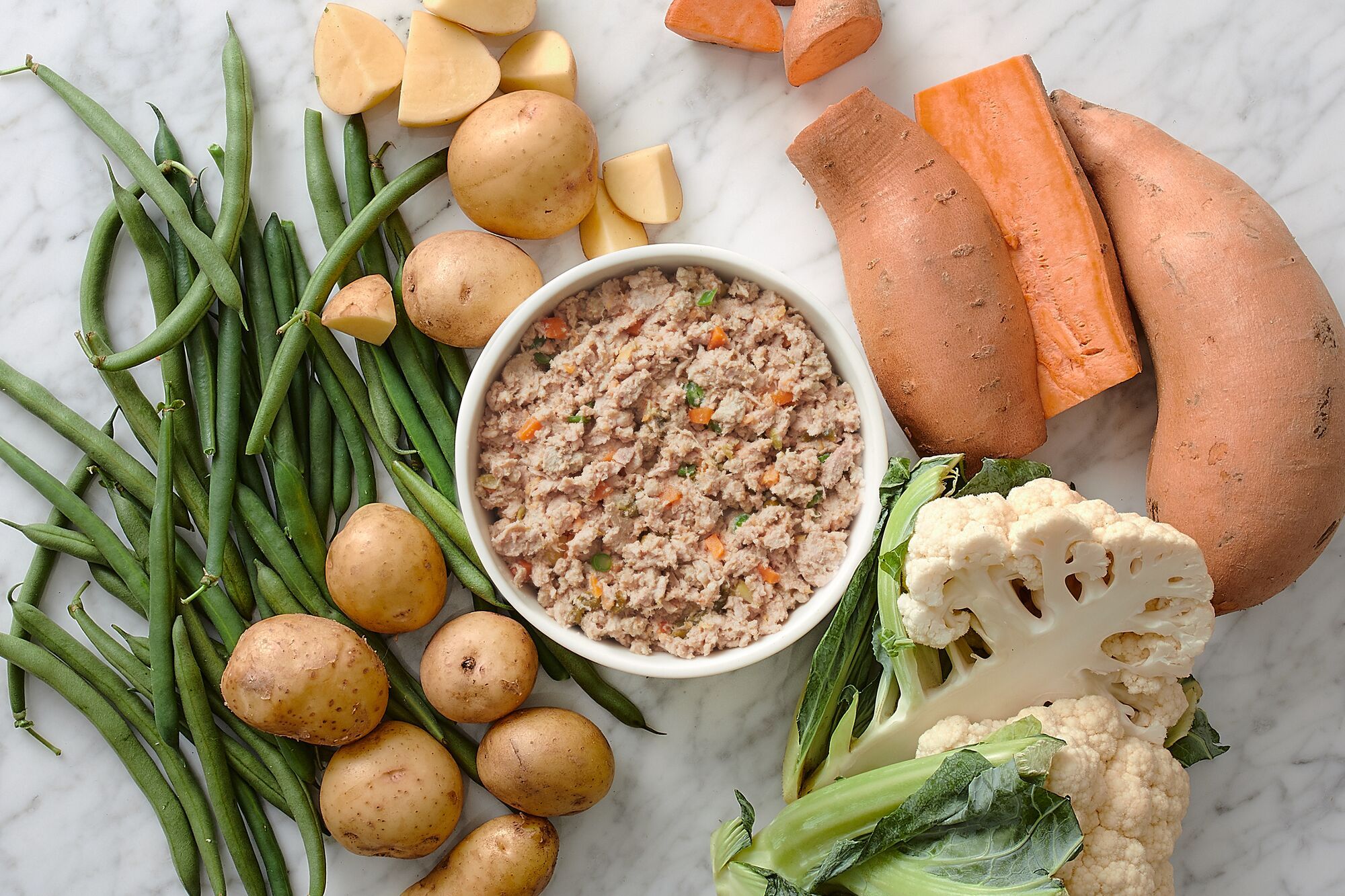
Once you've chosen your ingredients, you're ready to start making your dog's food. Here's a basic recipe to get you started:
- 1 pound of ground beef or chicken
- 1 cup of brown rice
- 1 cup of peas
- 1 cup of carrots
- 1/2 cup of olive oil
Instructions:

- In a large pot or Dutch oven, brown the ground beef or chicken over medium heat.
- Add the brown rice, peas, carrots, and olive oil to the pot.
- Bring to a boil, then reduce heat and simmer for 20-30 minutes, or until the rice is cooked through.
- Let cool completely before serving.
You can also make your dog's food in a slow cooker. Simply add all of the ingredients to the slow cooker and cook on low for 8-10 hours.
How Much to Feed Your Dog

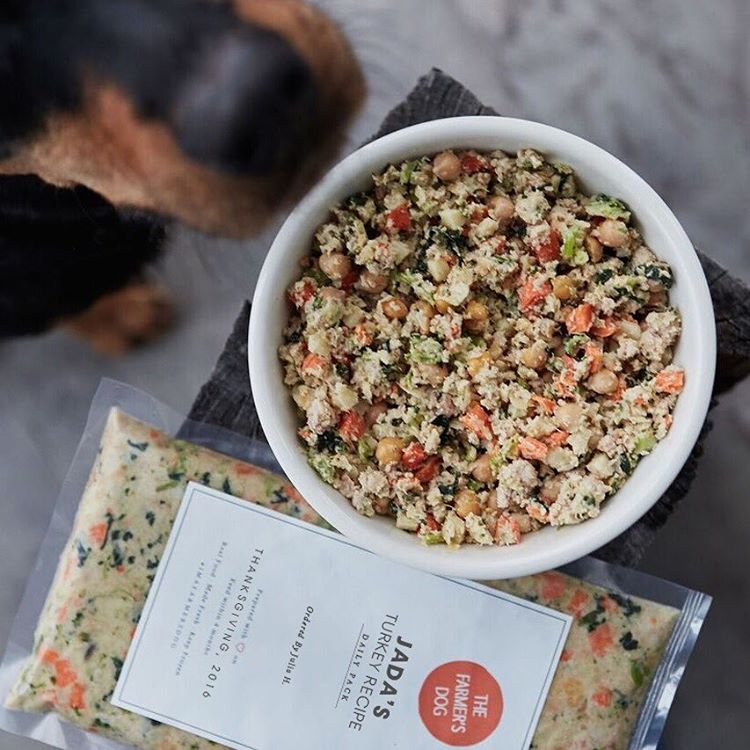
The amount of homemade dog food you feed your dog will depend on your dog's size, age, and activity level. A good rule of thumb is to feed your dog 2-3% of their body weight per day. So, if your dog weighs 10 pounds, you would feed them 2-3 ounces of food per day.
You may need to adjust the amount of food you feed your dog depending on how their body responds to the food. If your dog is gaining or losing too much weight, you may need to adjust the amount of food you're feeding them.
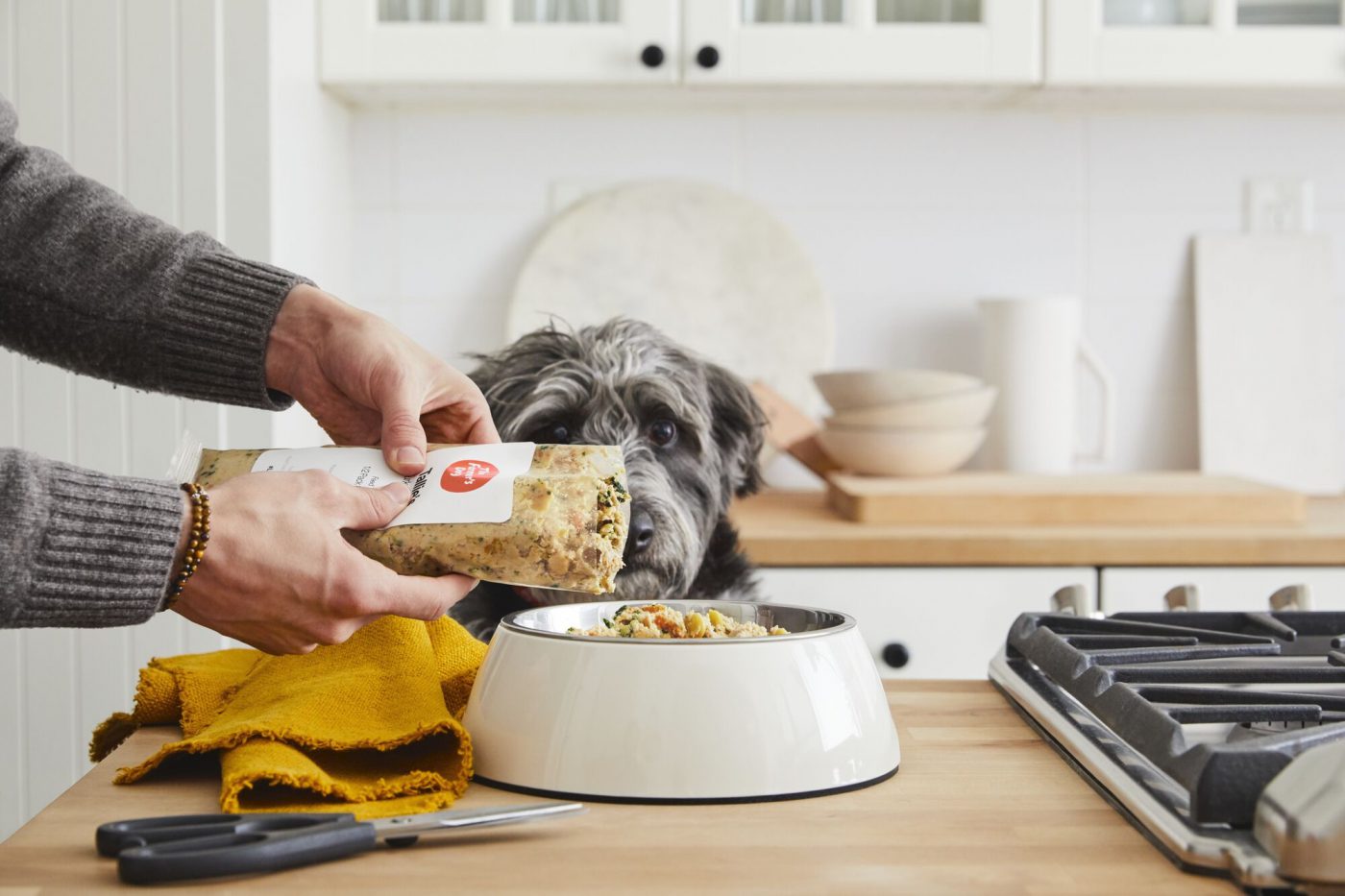
Storing Homemade Dog Food


Homemade dog food can be stored in the refrigerator for up to 3 days or in the freezer for up to 3 months. When storing homemade dog food in the refrigerator, make sure to store it in an airtight container. When storing homemade dog food in the freezer, make sure to freeze it in individual portions.
Feeding Your Dog Homemade Dog Food
When you're first starting out, it's a good idea to transition your dog to homemade dog food slowly. Start by mixing a small amount of homemade dog food with their regular food and gradually increase the amount of homemade dog food over time. This will help your dog adjust to the new food and prevent any stomach upset.
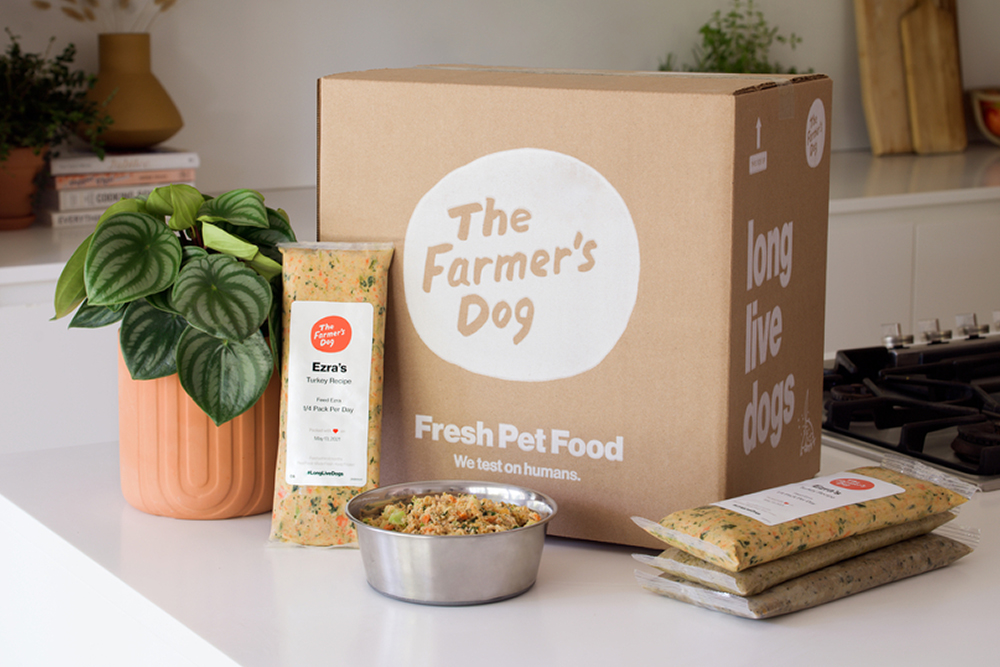
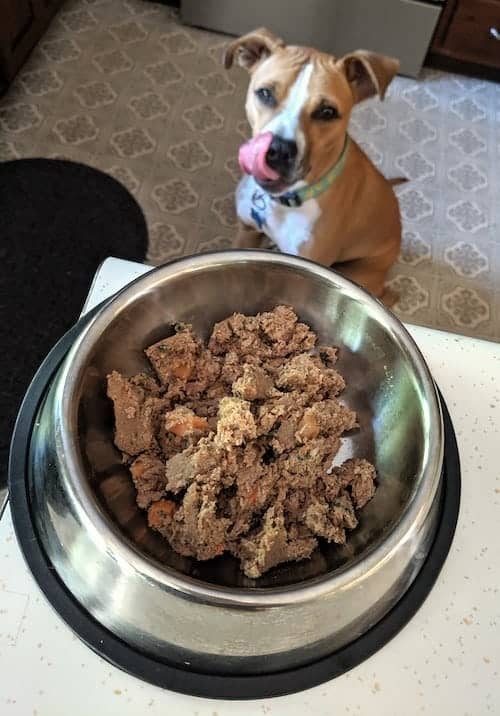
When you're ready to start feeding your dog only homemade dog food, make sure to introduce new foods slowly. Start by adding one new food at a time and wait 2-3 days before adding another new food. This will help you identify any foods that your dog may be allergic to.
Homemade dog food can be a great way to feed your dog a healthy and nutritious diet. By following these tips, you can make sure that your dog is getting the nutrients they need to stay healthy and happy.

Here are some additional tips for making homemade dog food:
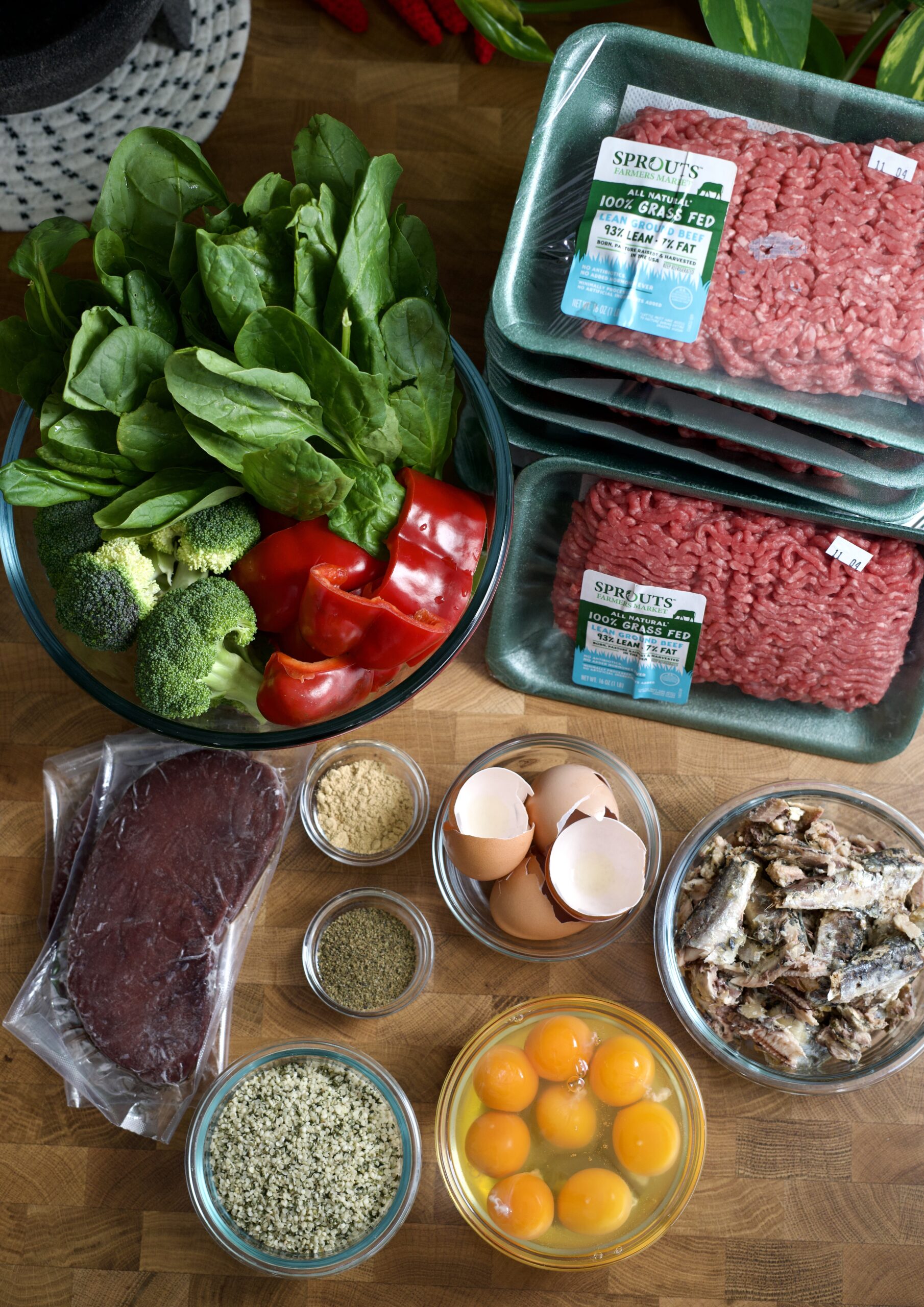
- Use fresh, high-
Homemade Dog Food Like Farmers Dog

Farmers Dog is a popular brand of fresh, human-grade dog food that is made with real, wholesome ingredients. The company offers a variety of different recipes to choose from, so you can find the perfect one for your dog's individual needs. If you're interested in making your own homemade dog food, there are a few things you need to know.
What Ingredients Do You Need?
The first step to making homemade dog food is gathering the necessary ingredients. You will need a variety of different meats, vegetables, and fruits. Some of the most common ingredients include:

- Meats: Beef, chicken, pork, lamb, fish, organ meats
- Vegetables: Carrots, peas, green beans, broccoli, zucchini, sweet potatoes
- Fruits: Apples, bananas, blueberries, strawberries, cantaloupe
- Grains: Brown rice, oats, quinoa, millet
- Oils: Olive oil, coconut oil, flaxseed oil
- Supplements: Vitamins, minerals, probiotics
It is important to note that not all ingredients are safe for dogs to eat. Some foods, such as chocolate, onions, and grapes, can be toxic to dogs. Be sure to do your research before adding any new ingredients to your dog's diet.
How Much Food Should You Feed Your Dog?

The amount of food you feed your dog will depend on a few factors, including its age, weight, and activity level. A good rule of thumb is to feed your dog about 2-3% of its body weight per day. So, if your dog weighs 10 pounds, you would feed it about 2-3 ounces of food per day.
It is important to adjust the amount of food you feed your dog based on its individual needs. If your dog is overweight or underweight, you may need to adjust its food intake accordingly. You should also increase the amount of food you feed your dog if it is very active.
How Often Should You Feed Your Dog?


Most dogs do best when they are fed twice a day. However, some dogs may do better on a three-times-a-day feeding schedule. You can experiment with different feeding schedules to see what works best for your dog.

How to Store Homemade Dog Food
Homemade dog food can be stored in the refrigerator for up to 3 days or in the freezer for up to 3 months. When storing homemade dog food in the refrigerator, be sure to put it in an airtight container. When storing homemade dog food in the freezer, be sure to divide it into individual portions and label them with the date.


Tips for Making Homemade Dog Food

Making homemade dog food can be a rewarding experience, but it is important to do your research and make sure you are following the proper safety precautions. Here are a few tips for making homemade dog food:
- Use fresh, high-quality ingredients. The best way to ensure that your dog is getting the nutrients it needs is to use fresh, high-quality ingredients. Avoid using processed foods or foods that have been sitting on the shelf for a long time.
- Cook your food properly. It is important to cook your food properly to kill any harmful bacteria. Cook meat until it is browned on the outside and no longer pink on the inside. Cook vegetables until they are tender.
- Make sure your food is the right temperature. Serve your dog's food at room temperature or slightly warm. Do not feed your dog food that is too hot or too cold.
- Start slowly and gradually transition your dog to a new diet. If you are switching your dog to a new diet, do it slowly and gradually. Start by mixing a small amount of the new food with the old food. Gradually increase the amount of new food over a period of several weeks. This will help to prevent your dog from having any digestive problems.
- Talk to your veterinarian. If you have any questions about making homemade dog food, talk to your veterinarian. Your veterinarian can help you create a diet that is specifically tailored to your dog's individual needs.
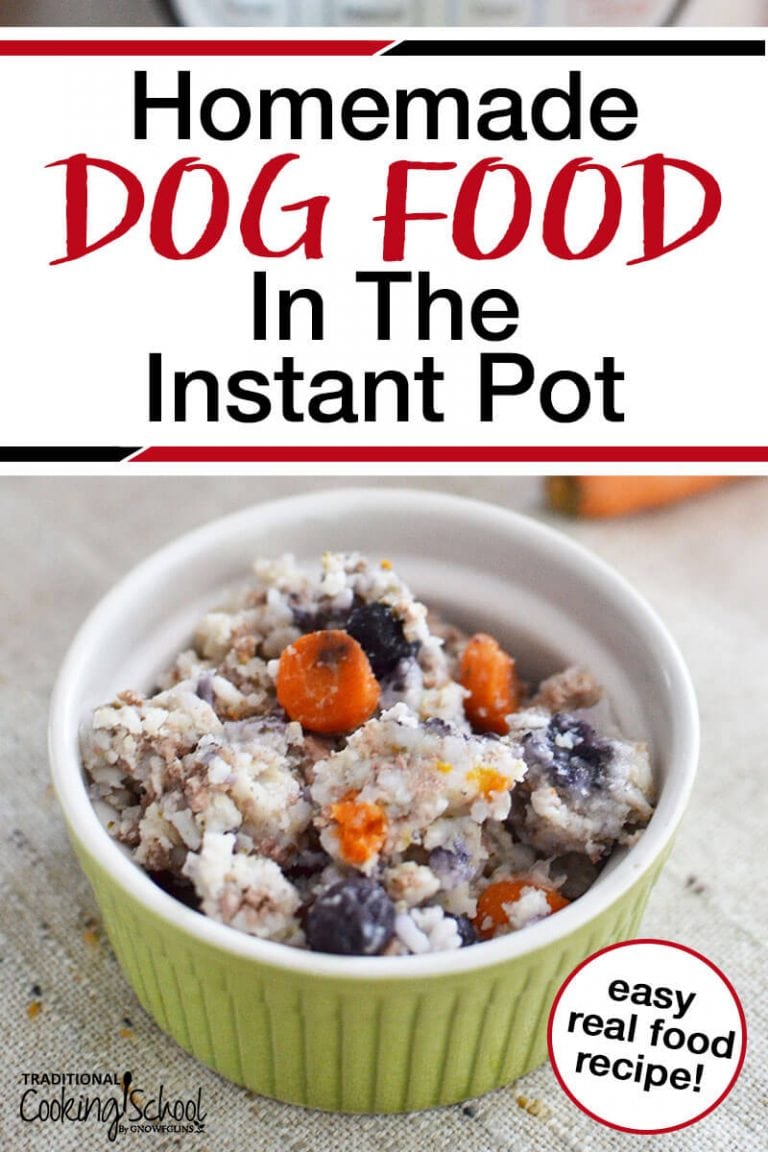

Homemade Dog Food Recipes

Here are a few simple recipes for homemade dog food:
- Beef and Vegetable Stew:
- 1 pound ground beef
- 1 cup chopped carrots
- 1 cup chopped celery
- 1 cup chopped green beans
- 1 cup chopped potatoes
- 1 cup water
- 1 teaspoon olive oil
- 1 teaspoon salt
- 1/2 teaspoon pepper


- In a large pot or Dutch oven, brown the ground beef.
